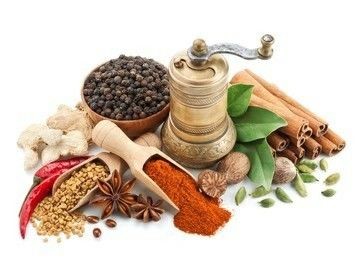Desulfurization of Herbal Medicines
Inquiry
Sulfur dioxide (SO2) residues in herbs may be too high during processing to bleach and sterilize and preserve them, seriously affecting their quality. SO2 is absorbed into the bloodstream and has a toxic effect on the body, destroying the vitality of enzymes, affecting the body's metabolism, and causing damage to the liver. Therefore, it is of great importance to control the SO2 content of herbs below a certain level. Lifeasible takes into account the fact that herbs are solid products and that their desulfurization techniques are unique, so we consider the impact of the various factors of the desulfurization process on the product and use the most appropriate method for each sample to ensure that the quality of the product is not affected.

Determination of SO2 retention in herbs
We use titrimetric methods (distillation-iodometric, direct titration iodometric, distillation-alkali titration), colorimetric methods, chromatographic methods (ion chromatography and gas chromatography), electrochemical methods, chemiluminescence, fluorescence, and enzymatic methods for the determination of SO2 residues in herbal materials. We have also introduced some alternative separation and detection techniques, including flow injection, gas diffusion membrane separation, capillary electrophoresis, and other types of sensors for determining SO2 residues in herbal materials.
Desulfurization of herbal materials
For liquid herbal preparations etc., we offer the following methods to help you desulphurize your samples.
- Chemical oxidation method. We fix a non-diffusible oxidant on a membrane reactor to oxidize sulfite to sulfate.
- Ion exchange method. We use ion exchange resins to absorb SO2 from herbal liquid preparations.
- Enzymatic method. We use a sulfite oxidizing enzyme system to oxidize sulfite to sulfate with high efficiency and safety features.
For solid herbal products or raw materials and all other samples that require desulfurization treatment, we have targeted methods that differ from those for liquid samples.
- Drying methods. We use microwave drying, far infrared drying, centrifugal spray drying, and hot air drying to assist you in controlling SO2 residues at the source with non-sulfur fumigation methods.
- Ultrasonic-assisted SO2 removal. We use sodium bicarbonate (NaHCO3) solution as the desulfurization solution and ultrasound to assist in removing SO2. We optimize the process based on a single-factor test using orthogonal design, taking into account the rate of SO2 elimination and the loss of potent components, to establish a method for desulfurizing herbs to support their safe use.
Lifeasible is committed to removing SO2 residues from fumigated herbs without compromising their efficacy, so please feel free to contact us for a customized desulfurization solution based on your samples.
For research or industrial raw materials, not for personal medical use!
Related Services

